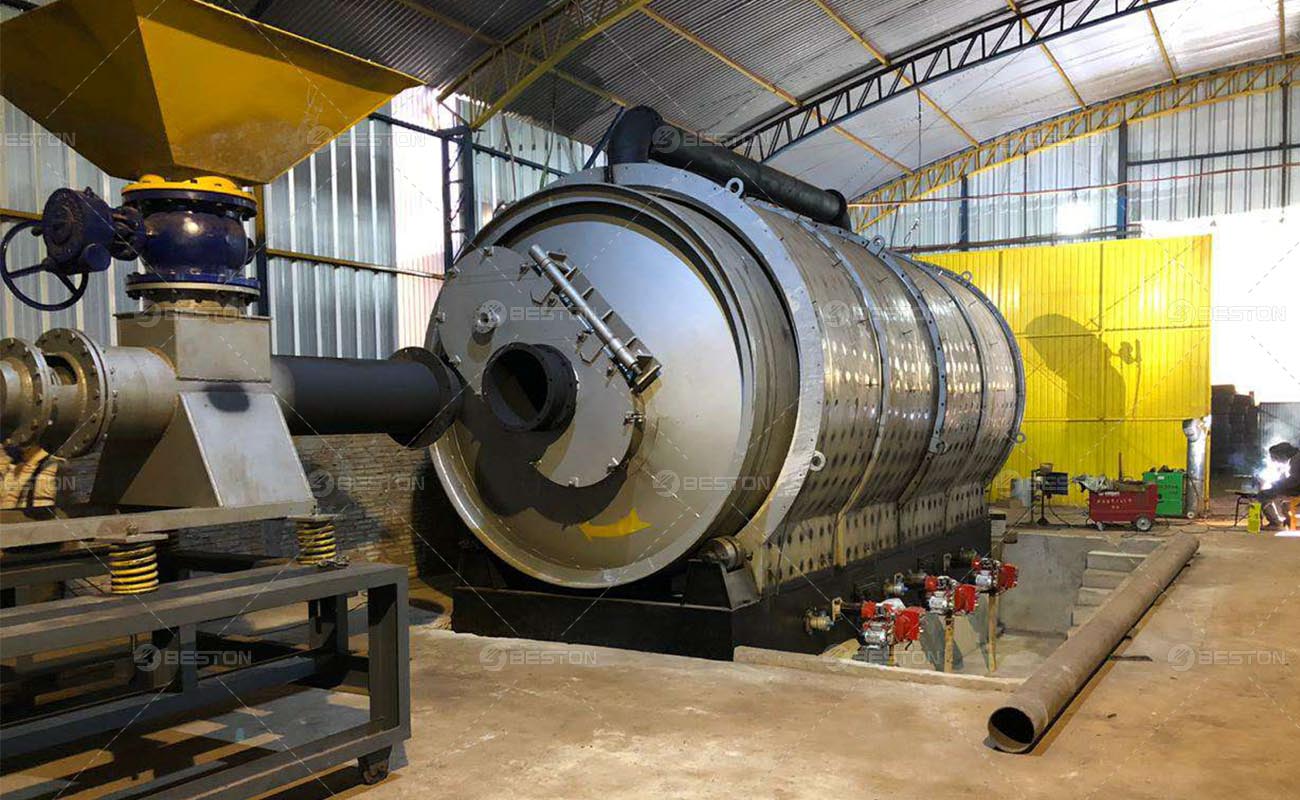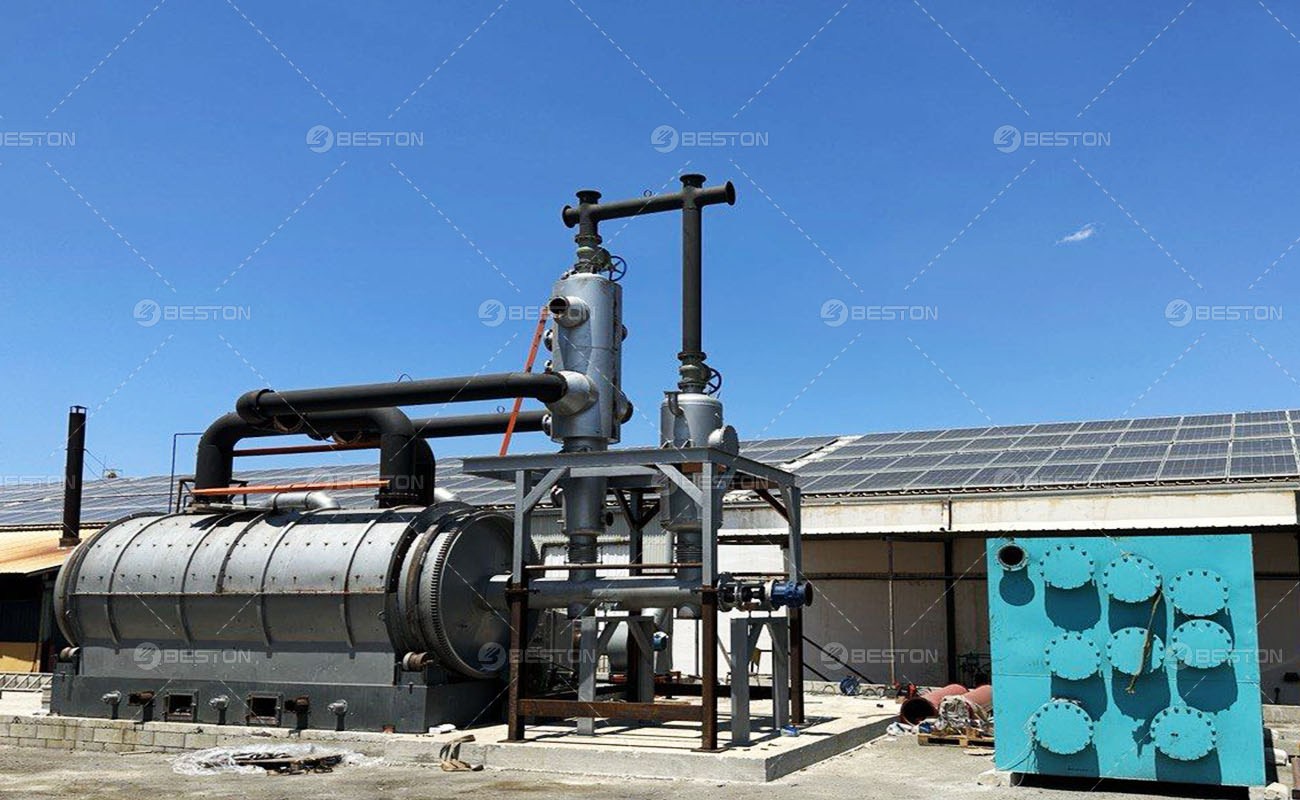The growing global plastic waste crisis has propelled us into an era where innovative, eco-friendly solutions are imperative. Plastic pyrolysis plants offer a ray of hope in the quest for sustainable plastic waste management. In this article, we will delve into the intricacies of plastic pyrolysis as a green solution for recycling waste plastics.
Understanding the Plastic Waste Problem
The ubiquity and persistence of plastic waste
Plastic waste poses a significant challenge due to its durability and resistance to decomposition. The sheer volume of global plastic production, coupled with the inadequate disposal and recycling infrastructure, has led to a burgeoning plastic waste problem.
Environmental and health implications
The consequences of plastic waste are far-reaching, impacting both the environment and human health. Plastic pollution in oceans and ecosystems disrupts natural balance, and the toxic chemicals present in plastics pose health risks. Sustainable waste management solutions are a pressing need. The pyrolysis machine is born in this context
Plastic Pyrolysis: A Sustainable Approach
The science behind pyrolysis
Pyrolysis is a thermal decomposition process that transforms plastic waste into valuable resources. It involves subjecting plastics to high temperatures in the absence of oxygen, causing them to break down into simpler compounds. This process holds the key to converting plastic waste into usable products.

Key components of a plastic pyrolysis plant
The plastic pyrolysis plant comprises essential components, including the reactor, condenser, and oil collection system. Emission control mechanisms and safety features ensure the process adheres to environmental standards and operates safely.
The Environmental Benefits
Waste reduction and resource recovery
Plastic pyrolysis not only reduces the volume of plastic waste but also recovers valuable resources from it. By converting plastics into products like fuel oil and carbon black, it minimizes the reliance on virgin resources and reduces the need for landfill usage.
Emission control and sustainable practices
The continuous pyrolysis plant incorporates advanced emission control mechanisms to meet stringent environmental regulations. They contribute to a circular economy by recycling plastics and reducing the environmental impact associated with conventional plastic waste disposal.
Economic Viability and Long-Term Sustainability
Economic aspects of plastic pyrolysis
Plastic pyrolysis is not only environmentally sound but also economically viable. It offers a cost-effective waste management solution, and the market value of pyrolysis products, such as fuel oil, provides a sustainable revenue source.
The role of plastic pyrolysis in a sustainable future
Plastic pyrolysis plants support the recycling and waste management industry by offering a green and efficient alternative. Expanding the adoption of such green technologies is crucial in building a more sustainable and eco-friendly future. Consult Beston Group for more waste recycling solutions.
Conclusion
In conclusion, plastic pyrolysis plants hold the potential to address the plastic waste crisis, offering a green and sustainable approach to plastic recycling. In a world where the urgency of curbing plastic pollution is evident, adopting such innovative solutions is not only a choice but a responsibility toward a cleaner, more sustainable future.